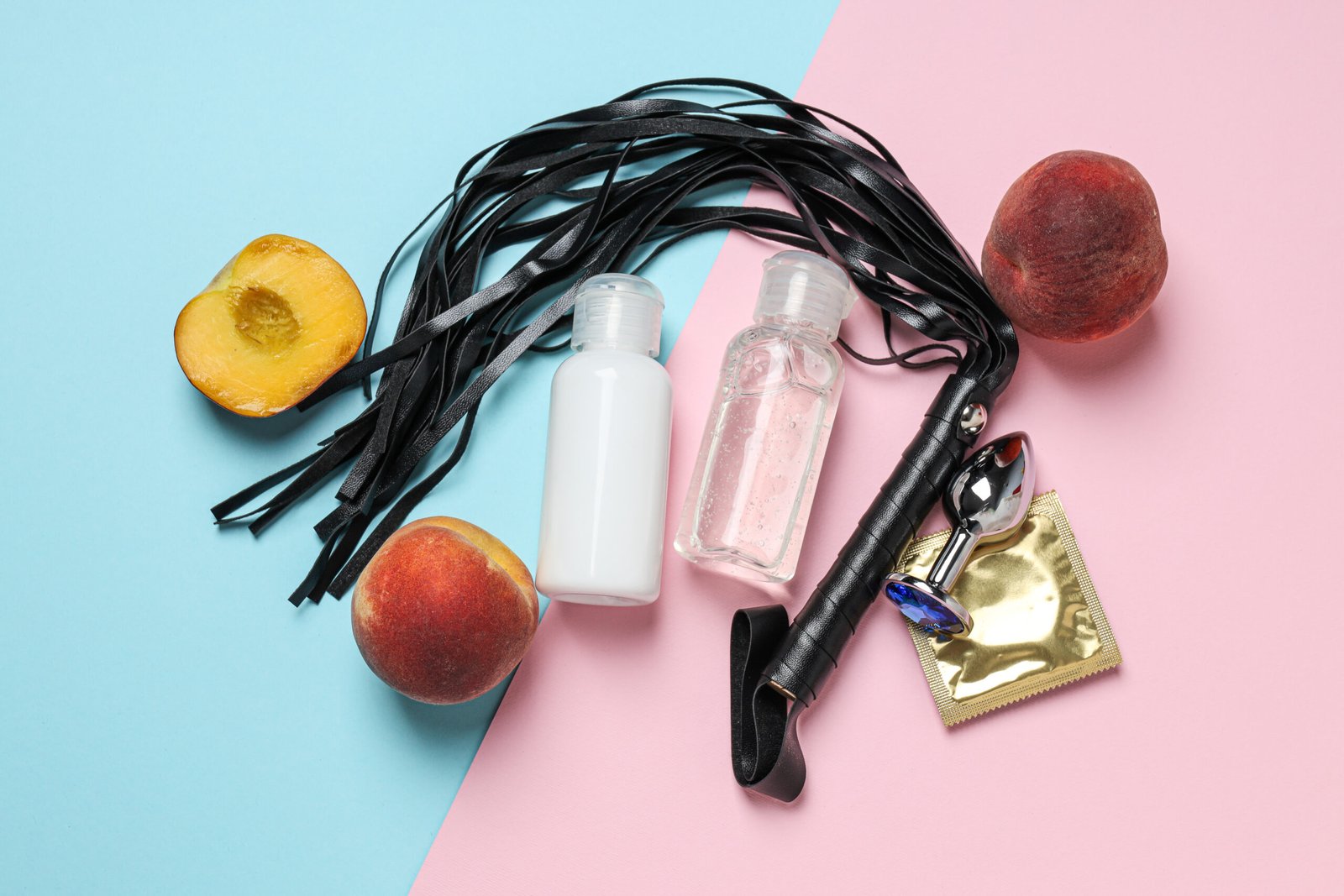Can Sex Lubricants Expire? How to Tell If Yours Has Gone Bad

Sex lubricants are essential for enhancing comfort and pleasure during intimacy. They reduce friction, enhance sensations, and improve overall sexual well-being. But like many personal care products, sex lubricants have a shelf life. Over time, they can lose their effectiveness, become less safe to use, or even spoil entirely. Here’s what you need to know about the expiration of sex lubricants and how to tell if yours has gone bad.
1. Understanding the Shelf Life of Sex Lubricants
Every product has an expiration date, and sex lubricant are no exception. Most manufacturers recommend using lubricants within 1 to 3 years of opening. However, the shelf life can vary depending on the type of lubricant and its ingredients. Water-based lubricants generally have a shorter shelf life, while silicone-based lubricants tend to last longer due to their chemical properties.
If you’ve had your sex lubricant for a while and aren’t sure if it’s still good to use, check for signs of degradation or spoilage.
2. Signs That Your Sex Lubricant Has Gone Bad
Here are the key indicators that your sex lubricant might have expired or gone bad:
- Change in Texture: One of the first signs that a lubricant has gone bad is a change in its texture. If the sex lubricant feels thicker, clumpier, or less slippery than when you first purchased it, it’s likely no longer effective.
- Separation of Ingredients: High-quality lubricants are formulated with specific ingredients that stay evenly mixed. If you notice that the ingredients have separated or there are visible chunks or layers in the bottle, this is a sign the product may have gone bad.
- Unpleasant Smell: A rancid or sour smell is another clear indicator that the sex lubricant has spoiled. A fresh lubricant should have a neutral or mild scent, but if it starts to smell off, it’s best to discard it.
- Discoloration: If the lubricant has changed color from its original appearance, it’s another sign it’s no longer good to use. This can happen due to exposure to air, light, or extreme temperatures, which degrade the product’s quality.
- Dryness or Sticky Residue: Expired lubricants may not provide the same smooth, slippery experience as when they were new. If the product becomes sticky or dries out quickly during use, it’s a clear sign that it’s no longer effective.
3. Why Does Sex Lubricant Expire?
Just like any other personal care product, sex lubricants are subject to chemical breakdown over time. Exposure to air, light, and heat can alter the consistency and effectiveness of the ingredients. Bacteria and mold can also grow in expired products, especially if the packaging has been compromised.
To extend the life of your sex lubricant, always keep it tightly sealed, store it in a cool, dry place, and avoid exposing it to extreme temperatures.
4. How to Properly Store Your Sex Lubricant
Proper storage can help maintain the quality of your sex lubricant for a longer period. Here are some tips:
- Store in a Cool, Dry Place: Avoid leaving lubricants in direct sunlight or places with fluctuating temperatures like your bathroom. A dark, cool drawer or cabinet is ideal.
- Keep the Lid Tightly Sealed: Always ensure that the cap or lid is securely closed to prevent contamination from air or bacteria.
- Avoid Contamination: Never dip your fingers directly into the lubricant bottle. Use a clean applicator or pour a small amount onto your hand to avoid introducing bacteria.
5. When to Replace Your Sex Lubricant
Even if your sex lubricant appears to be in good condition, it’s important to regularly check the expiration date on the packaging. If you can’t find the expiration date, or the product has been sitting unused for more than a year, it’s a good idea to replace it to ensure maximum safety and effectiveness.
Also, if you notice any of the signs mentioned above, it’s better to be safe than sorry. Replace your expired lubricant to avoid irritation or discomfort during intimacy.
